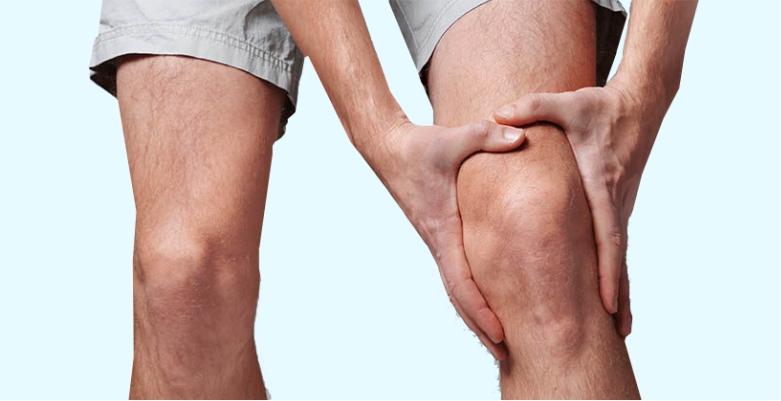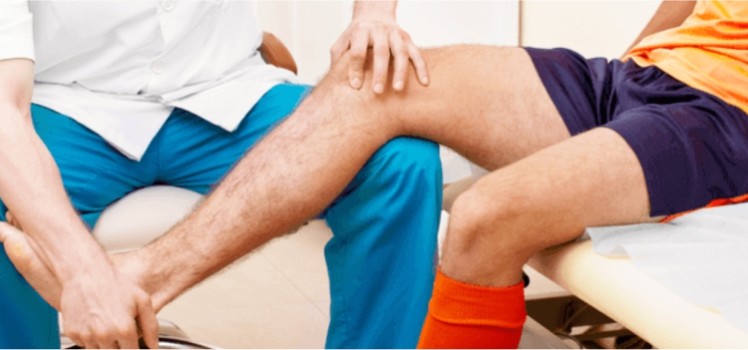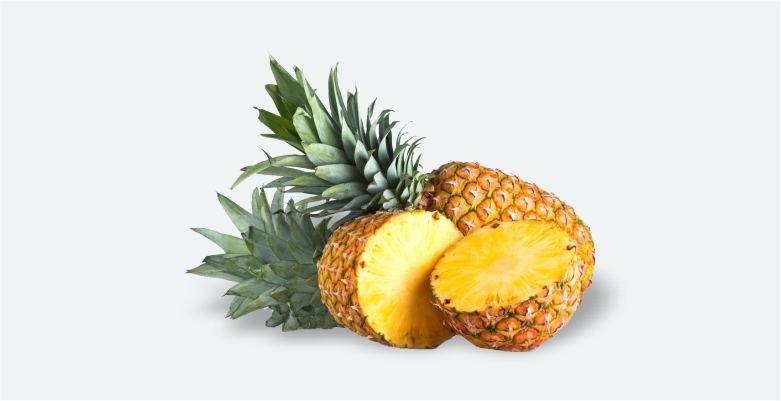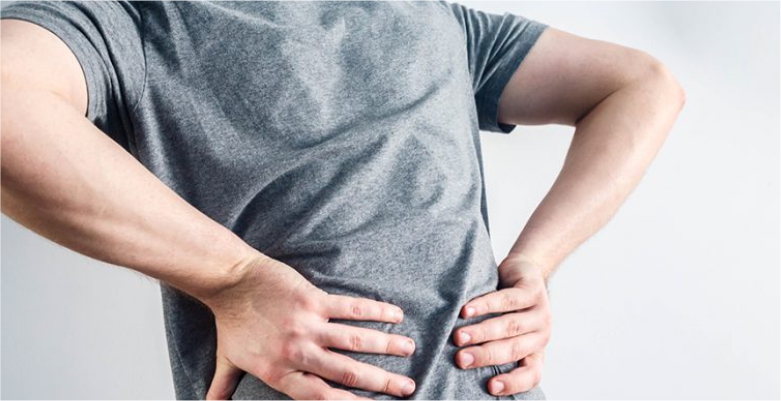The knee has a typically complex structure and is one of the most vital joints of the human body.
A lot depends on the knee as it is one of the most important joints of the human body and required for the movement and other activities. Knee Joint is prone to the damage caused by sports injuries and rigorous physical activities.
Here is the anatomy of knee detailed below along with common injuries and treatment with some pain relief herbal medicine.
Knee’s Anatomy
The knee joints is a hinge joint which bears the body weight and ables body to move which is comprised of bones, meniscus, ligaments, and tendons.
The knee joint is one of the largest joint of the human body and it joins thigh bone and the shin bone. The smaller bone that runs alongside the Shinbone and the knee cap combined consists of a knee joint.
The knee joint does a number of functions :
- Supports the body in an upright position
- Provides stability
- Works as a shock absorber
- Allows movement of legs like twisting.
- Helps to propel the body in the forward direction
These are some of the components of the Knee
Bones: The thigh bone(Femur), the shin bone(Tibia) and the kneecap(Patella) togetherly make the bones of the knee.
The knee cap (patella) is a small bone with a triangle shape that covers the knee by sitting at the front of the knee.
It sustains a great deal of force and is lined with the thickest layer of Cartilage in the whole human body.
Cartilage: There are two cartilages found in the knee
- Meniscus – The crescent-shaped disc work as a cushion and a shock-absorber and allows the bones to move through the range without crashing or rubbing onto each other. It also helps to improve balance and stability and enables weight proper weight distribution between femur and tibia. The knee consists of two menisci, which are medial and lateral.
- Articular Cartilage – Articular Cartilage is present on the femur, at the top of the tibia and it works as a shock absorber and helps bones to move smoothly.
Ligaments – The tough and fibrous tissues are called ligaments. They work as connecting bridges which connect bones to other bones and promotes stability by preventing excess motion.

The knee has four ligaments namely Anterior cruciate ligament, posterior cruciate ligament, medial collateral ligament and lateral collateral ligament.
Tendons – Tendons are tough bands of soft tissues that provide stability to joints.
Alike ligaments they also work as linking bridge and connects bones to muscles.
The largest tendon in the knee is the patellar tendon which attaches to the quadriceps and runs up the thigh.
Muscles – Hamstrings and quadriceps are the muscles that toughen the leg and let the knees to flex.
The quadriceps consists of four muscles that help the knees to straighten while hamstrings consist of three muscles at the back of the thigh that let the knees to bend.
Joint Capsule – Articular Capsule or Joint capsule is an envelope surrounding a Synovial joint
Each joint capsule is divided into two parts outer fibrous layer and inner synovial layer.
It is filled with Synovial fluid which nourishes and lubricates the joint.
Bursa – These sacs reduce friction and prevent inflammation between the tissue of the knees. It works as a cushion between bones and tendons or muscles around a joint. There are around 14 small fluid-filled sacs in the knee joint.
Common Injuries
Knees are most often injured during sports activities, rigorous exercising, or as a result of an accident or a fall. instability are the most common symptoms experienced with a knee injury are Pain and swelling, difficulty to bear weight, and instability.
Some most commonly experienced knee injuries are mentioned below
Sprain and strain
The injuries to the ligaments are termed as sprains and strains. Anterior cruciate ligament and Posterior cruciate ligament are the ligaments that are most commonly injured.
Sprain and strain usually happen during sports activities such as while playing football, and basketball where the knee might experience a jerk or sudden twisting movement, an abrupt change in the direction, or wrong landing from a jump. You can carry an instant pain relief spray for relief in pain and inflammation while facing such problems in day to day life.
Its symptoms include pain and stiffness while walking or exercising.
Meniscus tear
A person generally experiences meniscus tear while there are forceful twisting or pivoting or hyper-flexing of knees.
A torn meniscus usually causes a popping sensation, swelling, stiffness, pain, and feeling of locked knees. This injury leads to instability, persistent knee pain and inability to move knees properly.
Fracture
Patella is a small bone that sits in front of the knee and acts as a shield to protect the knees. Traumas like falls, accidents, and sports-related injuries lead to breakage of the patella or knee cap fracture.
Overuse
A loose term that refers to many disorders like Patellofemoral pain syndrome (PFPS). Athletes like runners or cyclists develop this problem, runner’s knee is the most common injury caused by overuse.
These situations cause pain and inability in which instant pain relief oil deals effectively.
It is experienced behind or around the kneecap and can worsen with constant activities to travel around the thigh or shin.
Rehabilitation and Treatment
Knee injuries must immediately be discussed with the doctor and taken care seriously. Physical therapies prescribed by the doctor and massage with Ayurvedic knee joint massage oil helps to reduce knee joint pain and work as an effective method for rehabilitation and treatment.
Giving rest and temporarily avoiding weight and pressure on knees might also help to reduce pain.
The knee joint is one of the most important joints of the human body which allows the person to walk, move and perform activities on a daily basis.
These were some common injuries that occur to the knees and their detailed treatment.
Do comment your views and opinions in the comment box given below and don’t forget to share this blog with others.




